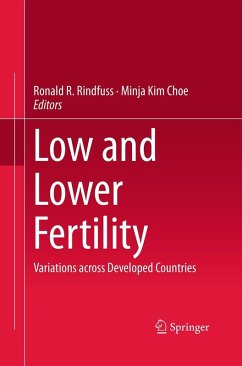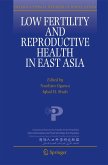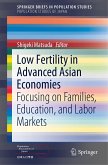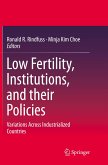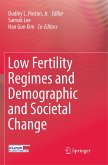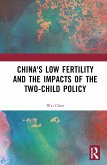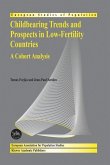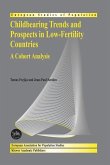This volume examines two distinct low fertility scenarios that have emerged in economically advanced countries since the turn of the 20th century: one in which fertility is at or near replacement-level and the other where fertility is well below replacement. It explores the way various institutions, histories and cultures influence fertility in a diverse range of countries in Asia, Europe, North America and Australia. The book features invited papers from the Conference on Low Fertility, Population Aging and Population Policy, held December 2013 and co-sponsored by the East-West Center and the Korea Institute for Health and Social Affairs (KIHASA). It first presents an overview of the demographic and policy implications of the two low fertility scenarios. Next, the book explores five countries currently experiencing low fertility rates: China, Hong Kong, Japan, Singapore and South Korea. It then examines three countries that have close to replacement-level fertility: Australia, the Netherlands and the United States. Each country is featured in a separate chapter written by a demographer with expert knowledge in the area. Very low fertility is linked to a number of conditions countries face, including a declining population size. At the same time, low fertility and its effect on the age structure, threatens social welfare policies. This book goes beyond the technical to examine the core institutional, policy and cultural factors behind this increasingly important issue. It helps readers to make cross-country comparisons and gain insight into how diverse institutions, policies and culture shape fertility levels and patterns.
Bitte wählen Sie Ihr Anliegen aus.
Rechnungen
Retourenschein anfordern
Bestellstatus
Storno

